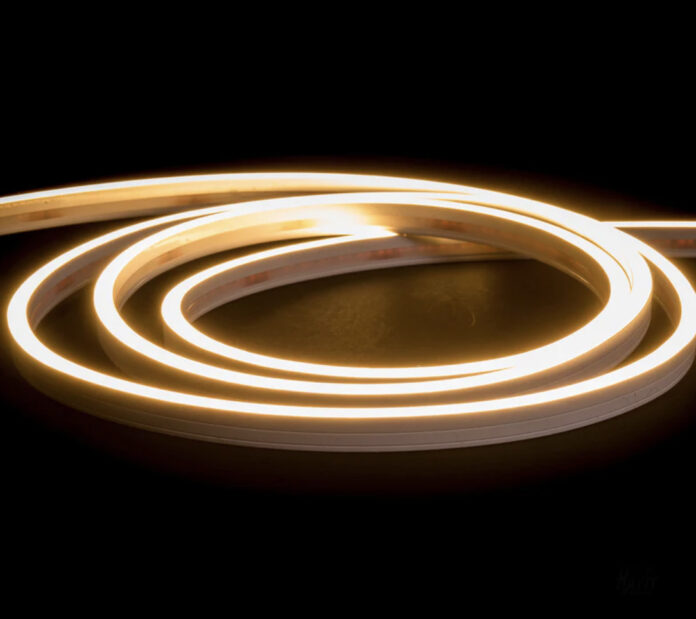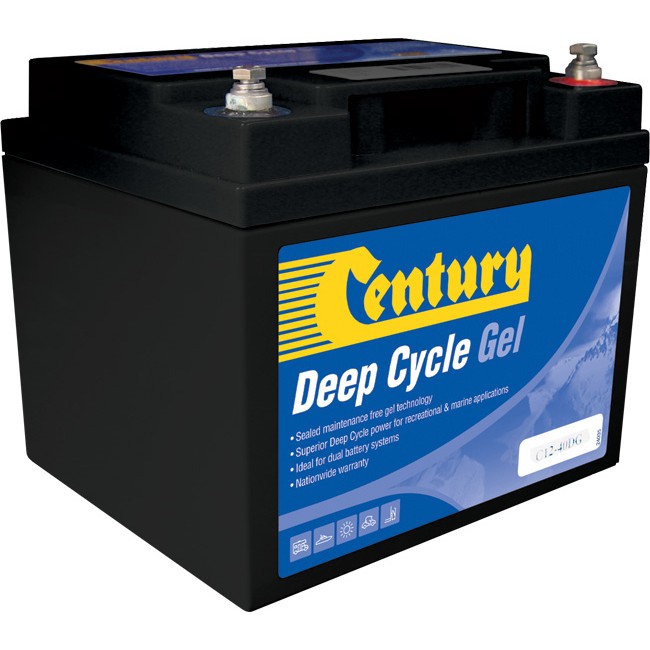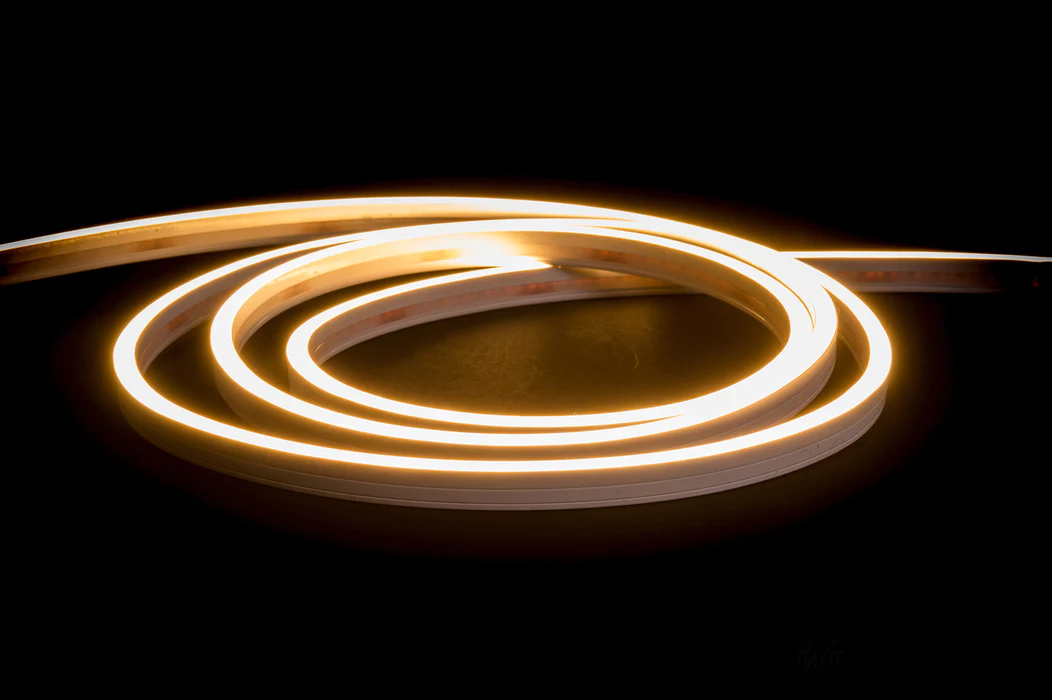After the interest generated (pun not intended) by my previous article about 12-volt solar systems, I felt a follow up ‘how to’ article outlining the basics for anyone to get started was necessary.
But firstly, and very importantly, while it is quite legal to use and wire a solar panel for personal use, remember we are working with electricity, which if done incorrectly can easily cause a fire. If you are a basic home handyman who can wire a trailer plug or car accessory, you should not have any problem with simple solar. But if you have never wired anything before, please get someone to show you or help you.
Also, please understand that while I have reasonable knowledge, and know how to provide enough solar energy for myself, I am by no means a tech guru of any kind. But I can share what worked for me, and individuals can build far greater knowledge and more efficient systems from that starting point.
For example, panels can be wired together all serving a singular bank of multiple batteries, but I chose not to go that way. I preferred each panel to serve its own individual battery and work as independent systems. In a house for example, this allows each battery to be placed nearest to its point of usage, rather than running many metres of wire to carry the power to the room it is required in.
I had one panel, and one battery dedicated to just running the fridge. Another ran all the lighting (as 12-volt strip lights require less than 1 amp an hour each to run) and a water pump for the sink water. Another was hooked up to a 240-volt inverter and so on.
Once you have calculated the requirements from a single battery, several items can be connected to it.
Solar Panels
So, let’s begin with the panels, and setting it up to run a 50-watt bar fridge. There are 2 basic types of solar panel. The mono crystalline panel is the best and most efficient, and only slightly more expensive than the cheaper to manufacture poly crystalline panel.
A 250-watt panel will produce a maximum of around 11 – 12 amps (an hour) in full sun on a cool day. Panels don’t work as effectively in heat, and even the shadow of a twig falling on it can reduce the output by up to 80%. But over a clear day, with 10 hours of sun, it should produce an average of at least 7 amps per hour = 70 amps per day.
To calculate how many amps your 50-watt fridge requires, simply divide 50 watts by 12 volts = 4.2 amps per hour to run. But fridges don’t run 24 hours, they only switch on when the thermostat requires. So, allowing for how hot it is, how often the door is opened etc, let’s assume it is running 12 hours each day. 12 hours x 4.2 amps = 50.2 amps from a panel generating 70 amps, the excess 20 amps being stored in the battery for use overnight. However, be aware that with all electric motors, while they may pull 4 amps when running, for a few seconds when they ‘start up’, the same fridge will pull between 8 and 12 amps, so the system must be designed to cope with this surge power. Although the latest models don’t seem to need this start up power as much, as technology improves.
The panel will directly connect to a solar controller, which in turn connects to the battery and regulates the amount of charge allowed, to prevent the battery overcharging. There are 2 basic types of solar controllers, both having their advantages and are as cheap as $20 on eBay, but I’ve found paying a little extra for more efficient ones is worthwhile as the quality of the unit will greatly affect the efficiency of the system. The controller will tell you how many amps your panel is producing, and how much charge remains in the battery. Be sure to buy a solar controller within the correct amp range for the panel. For a panel generating a maximum of 12 amps, a 20-amp controller will suffice. For 4 panels wired together outputting up to 50 amps, at least a 60-amp controller is necessary.
Deep Cycle Batteries
Deep cycle batteries are designed to work differently to car batteries, and are quite deceptive due to the fact the greater amount you discharge them each cycle, the shorter their life. If you only discharge to 80% then top it up, the battery could last 8 or even 10 years. Discharge to 50% each time, and its life becomes around 3 years. So, a 200Ah battery discharged to a reasonable 70%, only really affords you 60 amps of useable power without shortening the life of your battery. They are also deceptive in the fashion they are rated, varying in the time they are rated over. By rights, a 200Ah battery should provide 10 amps for 20 hours before being flat. Or 20 amps for 10 hours, or 40 amps for 5 hours, right? Wrong. If the battery has been rated over a 20-hour period, pulling 20 or 40 amps will see it drained much faster. So look for batteries rated over 10 or even 5 hours if possible.
There are many dodgy deep cycle batteries on eBay. Most of these are nowhere near the amp hour rating declared. The best way I have found to assure the batteries are the amp hours advertised, is by their weight. A 135Ah battery, popular with campers, should weigh at least 34 kg. If it weighs 28 kg, it’s not a true 135Ah battery. The 200Ah batteries I preferred weighed 52 kgs, and were sealed units that could be placed on their side if required.
There are now several types of deep cycle batteries available, and technology is getting better all the time. I used AGM type, but lithium-ion are probably the best available, albeit far more expensive. Research into the different types is essential to decide the best for your needs and your budget.
Old Car Batteries
For running items that have low power requirements, such as strip lighting, or appliances such as the 12-volt water pump for my shower that was only used sporadically, old car batteries are more than sufficient. When your car battery fails, it only fails to provide the 600 cold cranking amps required to turn your huge motor. But it will often run your strip lights for the next 2 years….. don’t throw them away. Although I have found that with some types of the newer car batteries, when they die, they are completely dead and useless for anything.
12 volt vs 240 volt
You have 2 choices with running your appliances. You can use a 12-volt fridge and tv for example, or use 240 volt run from an inverter. 12-volt appliances cost a lot more, because the electrical system has to be able to cope with the fluctuations in the battery. A 12-volt battery is rarely actually at 12 volts. Fully charged they are 13.2 volts and completely flat at 10.7 volts. I preferred using an inverter, even though this is the least energy efficient of the two, as electricity is also required to power the inverter. Previously when calculating the power requirements of the fridge, we divided 50 watts by 12 volts to get 4.2 amps. But if running through an inverter that equation needs to be adjusted to 50 ÷ 10 = 5 amps per hour. 12-volt hard wired into the appliance, like my fridge was, are great and can be directly connected to the battery. But I found appliances that had a 12-volt lead plugged into them like my tv, quickly and repeatedly burned out at the plug, so an inverter was preferable even though it drew slightly more power.
Again, you will find a multitude of cheap inverters on eBay and need to know what you are looking for. I would only use a ‘pure sine wave’ inverter, as this is designed to provide a non-fluctuating, constant current to the appliance and will not damage sensitive electronics. The larger the watt rating of an inverter, the more power it will take to run itself. So again, calculate how many watts you will need, and buy a suitable inverter. My large tv pulled 140 watts. Before bed I might put the electric blanket on, adding another 100 watts. I’d also run Wi-Fi, lights and sometimes a fan, a total of 260 watt. So, an inverter with a rating of 300 – 600 watts was adequate. A 2000 – 4000 watt would just have been overkill, an unnecessary waste of precious battery power.
Inverters need to be close to the battery. While I won’t get into voltage and amperage definitions here, 12 volt requires much thicker wires to carry the required amps, and would need ridiculously expensive and thick wires to carry that amount of amps even a few metres. But a quick example. A 2000-watt kettle running from 240 volt would require around 8 amps, that is; 2000 watts divided by 240 volts = 8.33 amps. Convert that to 12 volts, 2000 ÷ 12 = 166 amps, and you’re going to need wires 20 times thicker than your extension lead to cope with that. So generally, the inverter is about 1 foot away and wired directly to the battery. It then converts the current to 240 volt which can be easily moved to where it is needed with an extension lead and 4 outlet powerboard.
Another option is to run a 24 volt or 48 volt system instead of 12 volt. If 2 x 100Ah batteries are connected negative to negative and positive to positive (parallel), you now have 200Ah of 12-volt power. Twice the storage. But if you connect negative to positive and positive to negative (in series), you now still only have 100Ah of power, but at 24 volts, which requires less wire to carry the current. Likewise, 4 x 100Ah batteries wired as such gives you 100 amp hours at 48 volt. However, I don’t recommend playing with this unless you really know what you are doing. 12-volt will suffice to begin.
Strip Lighting
Even if you only wish to try and reduce your power bills a bit, I can’t recommend strip lighting highly enough, and is a good way to start learning and experimenting. Four 12-volt strip lights cost about $20, and one can light a room. They are very effective. And they only pull 9 watts compared to your light globe which pulls 40 to 100. An old car battery would run one non-stop for a week. 12-volt switches are similarly cheap, and it is really easy to wire strip lighting in every room and run it all back to just one battery. The 0.75 of an amp they require is so little, it can be carried by even speaker wire. But always make sure your wiring and switches are rated to carry the amount of amps you require, otherwise they can overheat and melt or even cause a fire.
For external, occasional use items, like the pump to water my garden, small trickle charge panels with built-in solar controllers are perfect. Stick it on the roof of your shed, run it down to an old car battery, and every 3 days when you need it, the battery is fully charged.
Back-up Generators
The other consideration is, if going fully off the grid, there will sometimes be consecutive cloudy days which will drain the batteries, and you will need a back-up generator and some fast chargers, again cheap on eBay. The charger should be rated at 10% of battery capacity. For a100Ah battery , a 10-amp charger, a 200Ah battery, a 20-amp charger, and remember to disconnect your panel first. My set up allowed me to switch everything over to the generator while it was running, and back to battery when turned off. I also made a turntable for my solar panels, so during the day I could follow the sun for maximum effect.
Conclusion
Basically, if you have enough panels and batteries there is no limit to what you can power, only a limit to what you can afford to spend. And while the sun is shining, the batteries are just a medium for the power to be regulated through. But keep in mind, to run my 1000-watt air conditioner on a sunny day, I would have needed 83 amps. This would take about 8 panels and enough battery capacity to cope with the amount of current.
What I have outlined here is a glorified camping set up that would have no problem supplying power for one or two people. But if you have a family and high electricity demands, a 10-kilowatt battery and professionally installed system may be required if you can afford it….which means you can probably afford grid electricity anyway. The question though, is how much longer grid electricity will be available.
So, to conclude, these are the starting point things for consideration and to learn more about.
- Solar panels, MC4 solar lead connectors, and leads to connect your panel to the solar controller.
- Solar controllers, 2 types being PWM and MPPT. Both are fine, the latter probably better.
- Deep cycle batteries, different types, and leads from solar controller to battery.
- 240-volt inverters.
- Amps, volts, and watts. While you don’t really need to know what they are to use them, it’s probably good to get at least a basic understanding.
- How much power do you need, and what can you afford.
Of course, you may begin with just one panel and one battery and keep adding as you learn, and find as I did, it’s a really rewarding and enjoyable hobby. Good Luck.












